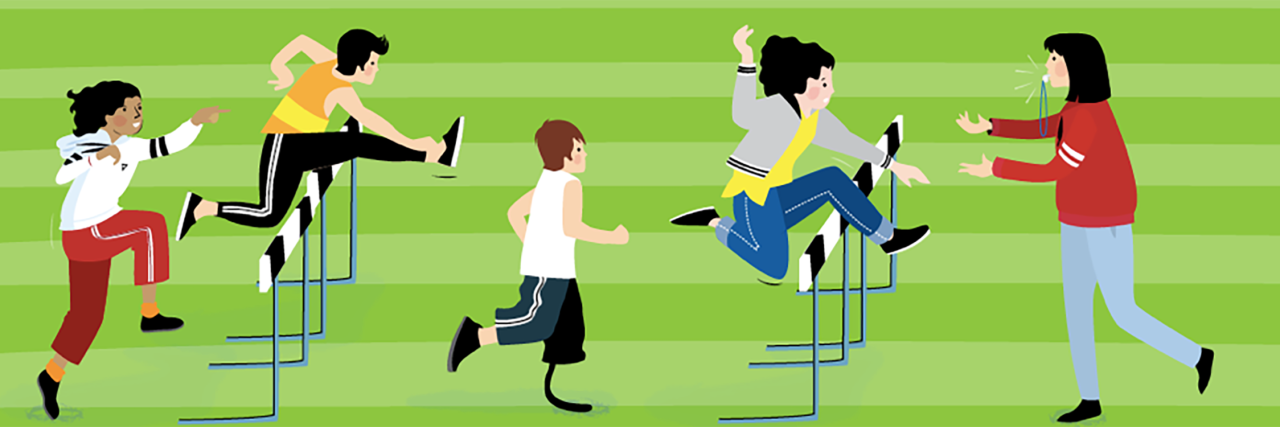I’ve always had big ambitions for my future. My mind was a playground of possibility, where I explored different ideas and passions and I grew up believing that I could do anything I wanted to do, be anyone I wanted to be. The future was full of hope and opportunity, and I couldn’t wait to make my mark. But despite this drive and determination, I faced a challenge that forced me to reassess my life goals.
My disability.
I have something called complex regional pain syndrome, or CRPS for short. Thanks to faulty wiring in my nervous system, I am in chronic pain all the time.
It started with a burning sensation in my feet when I was 11 years old. It didn’t take long for it to become a permanent companion, burrowing itself into every facet of my life and affecting everything I did. Walking became unbearable and on some days impossible. My existence revolved around hospital appointment after hospital appointment, where medical practitioners hadn’t a clue what was wrong with me for five long years.
And with it came an overwhelming sense of fear and isolation.
It felt like I was stuck in the middle of an epic tug of war. There were these big ambitions wanting to push me forward and these major hang-ups that had developed around my self-worth trying to hold me back. In a world that prizes perfection, I was terrified my aspirations would be pushed out of reach. That other people wouldn’t be able to see past my crutches and wheelchair to the value that lay underneath.
What made this a million times worse was that people like me weren’t represented in the world around me. Very few high-achieving disabled people made it onto the pages of books or were pictured in illustrations. I couldn’t find them in TV, in magazines or other forms of mass media. Instead people with disabilities were trapped in stories around ethical dilemmas, pitied or misunderstood.
These messages have huge implications.
Underrepresentation and misrepresentation of disability have a profound effect on how we value and identify it. These messages – or lack of them – changed the way I saw myself and those big ambitions I held for my future. I was different, and different is sometimes a very lonely place to be.
When my 9-year-old co-author, Nathan Kai, and I wrote “Be Your Best Self,” our vision was to create something that helped young people realize their dreams and reach their fullest potential, even in the face of life’s adversities. And we wanted it to be representative. This wasn’t to tick a box or to be seen as doing the right thing, but because becoming the best version of yourself is something we can all achieve.
It’s something we all deserve to achieve.
Everybody’s dreams are valid. Everybody has the capacity to achieve great things – and it is so important that illustrations reflect this.
If you can see it, you can be it.
It is important that illustrations show a true representation of disability and ethnicity, portraying it as a normal part of life rather than a token or something to be pitied or inspired by. Nobody is born successful, but it is something we can all learn to achieve with the right support, guidance and skill set.
The human race offers the most amazing spectrum of personalities, talents, strengths and abilities. These are the things that make us who we are and it is essential that all children feel included, accepted and able to resonate with important messages. Providing creative role models that all people can identify with helps to shape perceptions of others and disability.

